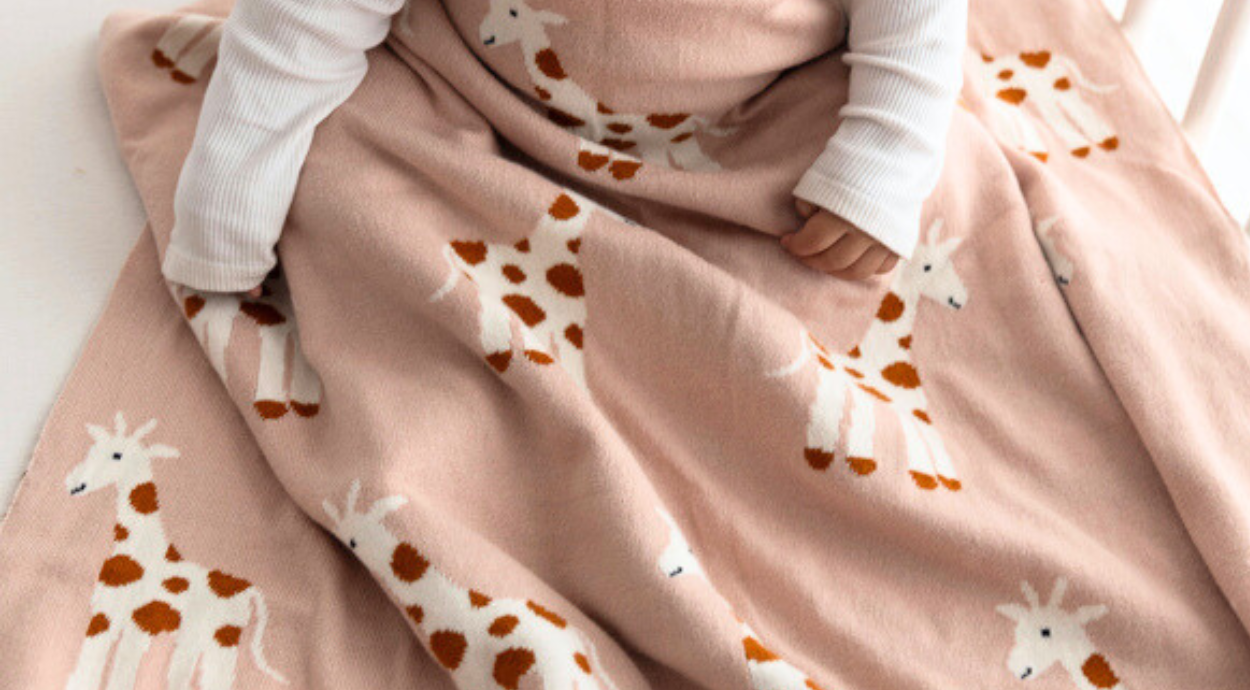When dressing a newborn, every parent has the same instinct: keep them cozy, comfortable, and safe. But what many don’t realize is that the fabric touching a baby’s skin all day matters just as much as diapers, lotions, or sleep routines. Breathable baby clothing isn’t just a trend it’s a necessity rooted in comfort, safety, and healthy skin.
1. The Importance of Breathable Fabrics for Babies
Why babies need breathable clothing
Babies can’t regulate their body temperature as efficiently as adults. They warm up faster, they sweat more easily, and they rely entirely on us to keep them comfortable. Breathable fabrics act like a gentle air filter - allowing heat and moisture to escape rather than trapping it inside.
The impact of overheating and restricted airflow
A baby wrapped in a thick, non-breathable fabric can quickly become overheated. This isn’t just discomfort - it can disrupt sleep, cause fussiness, and increase the risk of heat rashes. Proper airflow ensures their body stays at a safe, regulated temperature.
Comfort, skin health & safe sleep
Soft, airy fabrics help maintain a calm sleep environment. When babies feel cool and relaxed, they sleep longer and more peacefully. Breathable materials also reduce friction, keeping delicate skin free from irritation.
2. What Makes a Fabric Truly “Breathable”?
Natural vs synthetic fabrics
Natural fabrics like cotton, muslin, and bamboo allow air to move freely. Synthetic fabrics often trap heat and moisture, creating a warm, sticky environment. For babies, natural fibers are always a safer bet.
Key properties to look for in baby clothes
Look for fabrics that:
- wick away moisture
- feel soft against the skin
- allow air circulation
- stretch gently without clinging
These qualities make clothing comfortable and safe for long hours of wear.
Why lightweight weaves matter
The weave of the fabric determines how breathable it truly is. Loose weaves like muslin allow air to pass through effortlessly, while dense weaves restrict flow. Babies thrive in lighter textiles.
3. Common Baby Skin Concerns & How Fabrics Play a Role
Heat rashes, irritation & allergies
Most baby skin issues start with heat and friction. Breathable fabrics prevent sweat buildup and minimize the chances of redness and itchiness.
Moisture management and sweat control
Airy fabrics absorb sweat and let it evaporate quickly. This keeps the skin cool, dry, and comfortable - even on hot days.
The role of softness in minimizing friction
Softness is crucial. Rough fabrics can rub against a baby’s sensitive skin and cause small but painful irritations. Lightweight cotton and muslin glide smoothly on the skin.
4. Choosing the Right Baby Clothes for Every Season
Summer essentials
Lightweight muslin swaddles, breathable vests, airy rompers - these keep heat at bay and prevent sweat.
Winter layering without overheating
Layering is key. Soft jersey bodysuits under cozy blankets keep babies warm without trapping heat.
All-season fabrics
Cotton and jersey are perfect year-round. They balance airflow and comfort in any temperature.
Practical tips for parents
- Avoid overdressing
- Always check the baby's neck for signs of overheating
- Pick loose, breathable fits
- Use natural fabrics for sleep
5. Final Thoughts: Comfort First, Always
Why breathable clothes are a long-term investment
Breathable clothing promotes better sleep, healthier skin, and daily comfort - benefits that make a huge difference in the early months.
A parent’s peace of mind
Knowing your baby is dressed in gentle, breathable fabrics gives you the reassurance that they’re safe, snug, and relaxed. With the right materials, every nap - and every cuddle - feels a little more comforting.




Leave a comment
All comments are moderated before being published.
This site is protected by hCaptcha and the hCaptcha Privacy Policy and Terms of Service apply.